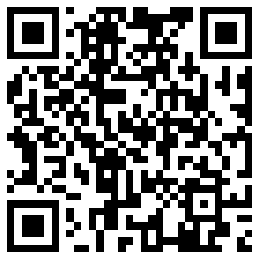USB camera modules are compact and versatile imaging solutions used for video conferencing, surveillance, robotics, and more. Their plug-and-play design makes them easy to integrate into various devices, from laptops to embedded systems. This guide will help you understand what a USB camera module is, how to choose the right one, and how to set it up efficiently.
What is a USB Camera Module?
A USB camera module is a small imaging device that connects to a computer or embedded system via USB. Equipped with image sensors, these modules capture high-quality photos and videos in resolutions ranging from standard HD to 4K. Their compact design allows for seamless integration into laptops, security systems, industrial equipment, and even robotics.
How to Choose the Right USB Camera Module
When selecting a USB camera module, consider the following factors:
• Resolution & Frame Rate: Higher resolution ensures clearer images, while a higher frame rate is essential for smooth video recording.
• Lens & Field of View: Some modules have fixed lenses, while others offer adjustable focus for better flexibility.
• Low-Light Performance: Look for cameras with infrared (IR) support or high dynamic range (HDR) for better image clarity in low-light conditions.
• Compatibility & Interface: Ensure the camera module works with your operating system and has the appropriate USB interface (USB 2.0, 3.0, or Type-C).
Setting Up a USB Camera Module
1. Install Drivers: Download the latest drivers from the manufacturer’s website to ensure compatibility.
2. Connect to USB Port: Plug the camera into your computer’s USB port. Most systems will automatically detect and configure it.
3. Test the Camera: Use built-in apps like Windows Camera or third-party software to check image quality and adjust settings.
Common Applications of USB Camera Modules
• Video Conferencing & Streaming: Used in laptops and desktops for high-quality video calls.
• Security & Surveillance: Integrated into security systems for real-time monitoring.
• Industrial & Robotics: Assist in automation, object recognition, and quality control.
• Education & Research: Used in labs, digital learning platforms, and scientific studies.
Tips for Optimal Performance
• Ensure proper lighting to improve image clarity.
• Secure the module to prevent damage if used in portable or industrial setups.
• Compare different models based on resolution, frame rate, and additional features before purchasing.
Conclusion
USB camera modules provide a cost-effective and adaptable solution for capturing high-quality images and videos. By selecting the right module based on resolution, connectivity, and lighting conditions, users can maximize their performance across various applications. Whether for personal use, business, or industrial integration, these modules offer flexibility and convenience for modern imaging needs.
 13423810014
13423810014  0755-29433686
0755-29433686  daming@cameras-module.com
daming@cameras-module.com  2/F, Building H, Zhiyihan Industrial Park, Yuanling Village, Shiyan Town, Baoan District, Shenzhen 518108
2/F, Building H, Zhiyihan Industrial Park, Yuanling Village, Shiyan Town, Baoan District, Shenzhen 518108 





